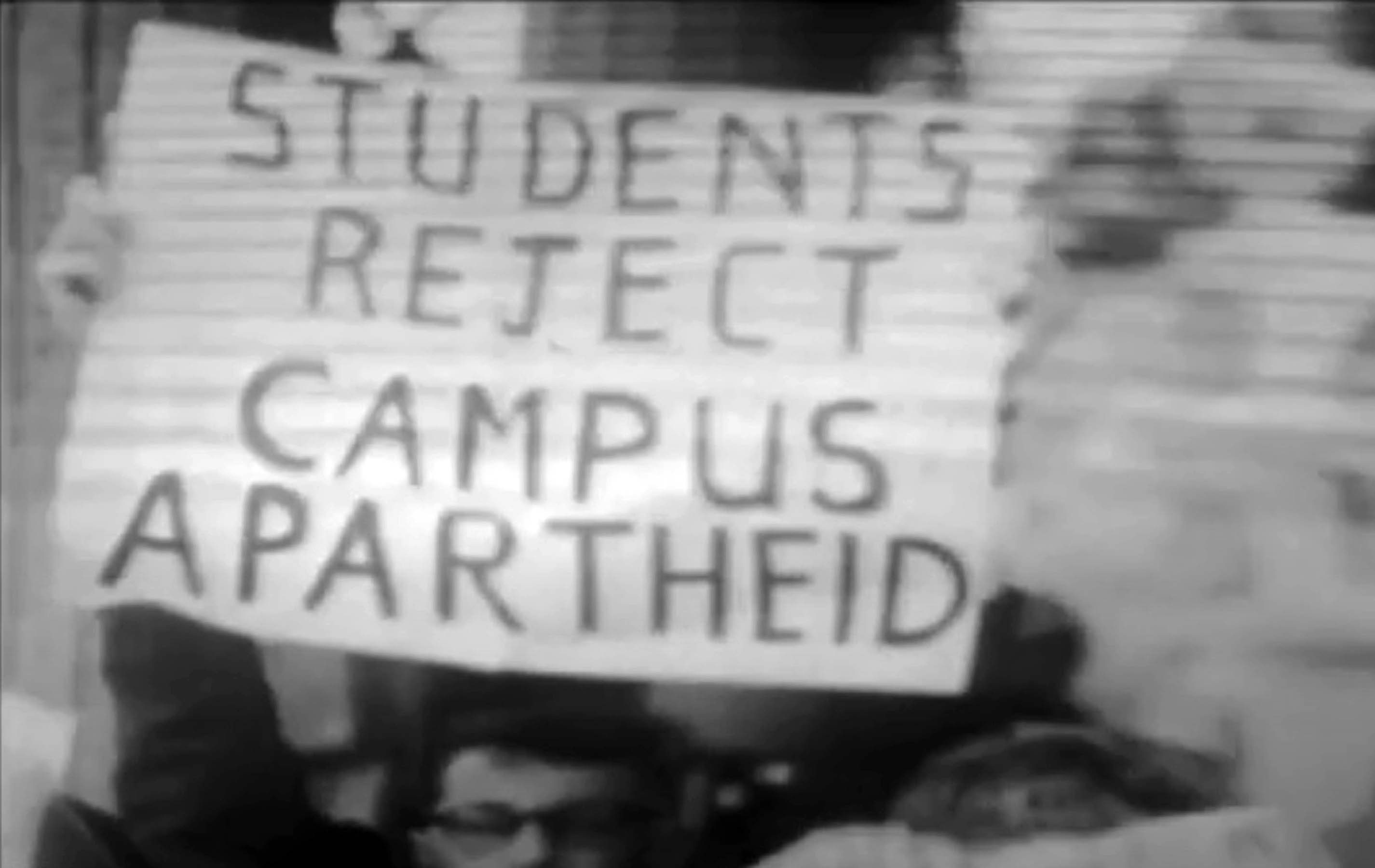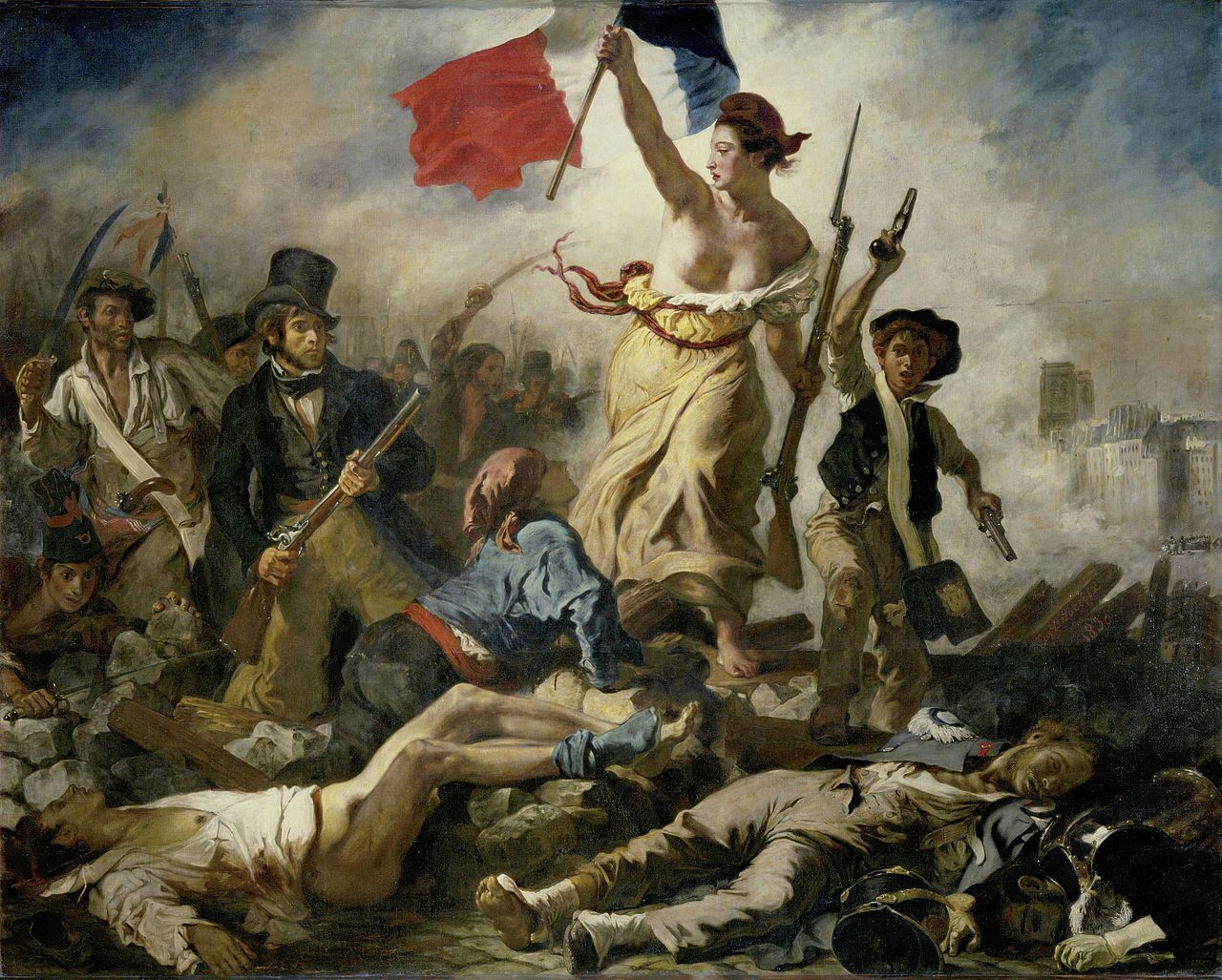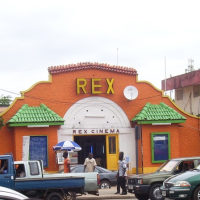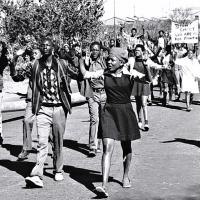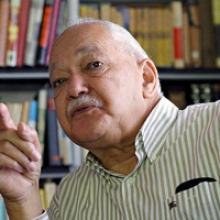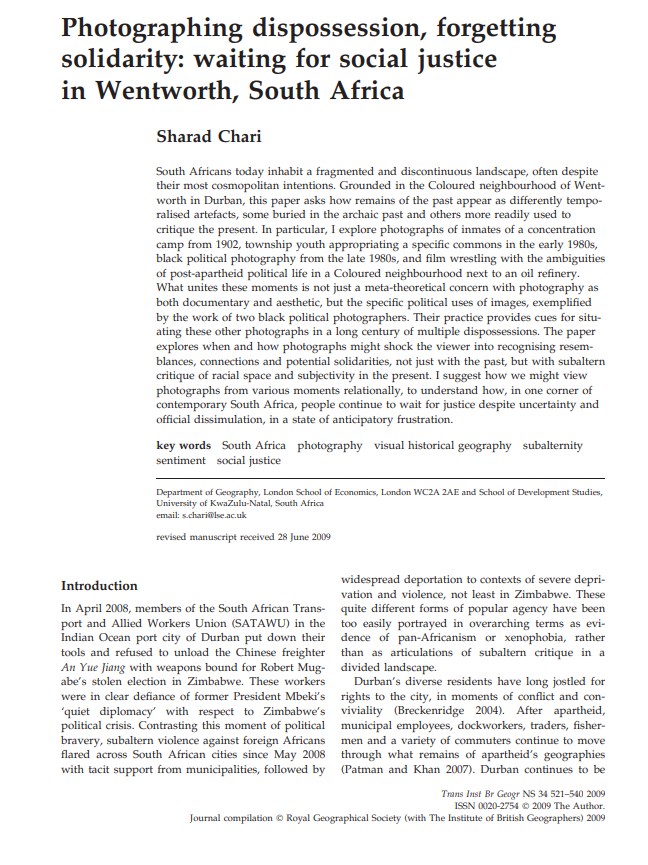Mapungubwe Collection at the University of Pretoria
After the Mapungubwe gold was declared a national heritage collection in October 1997, the University of Pretoria (UP) became its official custodian as it played an important role in finding the gold and preserving it, making the university the host of the biggest ancient gold collection in Southern Africa. The university’s main task is to curate and preserve the gold collection which consists of three animal figurines namely a rhinoceros, bovine, and feline. Two other notable gold pieces are the ceremonial bowl and a sceptre. They also have a collection of gold bangles, nails, and foil. Apart from the gold items they have glass beads, iron and copper bangles as well as earthenware ceramic vessels also form part of the collection.
The museum is situated in the University’s Old Arts Building. The two golden rhinos are the museum’s centre pieces and are placed in glass cabinets. It is believed that the two rhinos excavated at the Mapungubwe Hill were a representation of black rhinos, a symbol of leadership. Textual and photographic panels form part of the surroundings around the rhinos. There are ten display cases which contain gold artefacts, pottery and the jewellery. The cases also contain information panels stating the history of the artefact and its significance. The panels trace the history of Mapungubwe and the gold findings.
University of Pretoria. ‘Mapungubwe Collection -The Collection’, (2018), www.up.ac.za/en/museums-collections/article/1823912/mapungubwe-collection-thecollection. [Accessed 14 March 2020].
X. Kashe-Katiya, ‘Carefully Hidden Away: Excavating the Archive of the Mapungubwe Dead and their Possessions’, (UCT. M.A. Thesis. 2013).
